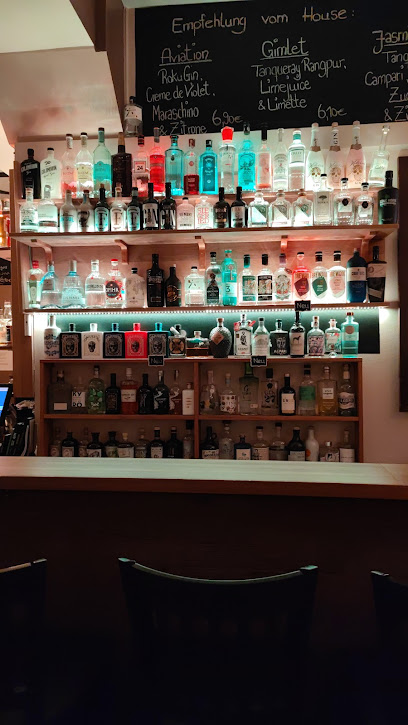
Großer Trauernder Mann: A Somber Reflection on Dresden's Past
A poignant bronze sculpture in Dresden, the Großer Trauernder Mann serves as a powerful memorial to the victims of the WWII bombing, inviting reflection on loss and resilience.
The Großer Trauernder Mann (Large Mourning Man) is a poignant bronze sculpture by Wieland Förster, a Dresden native who personally experienced the city's destruction during World War II. This expressive artwork serves as a powerful memorial to the victims of the bombing raids of February 1945. Located near the Zwinger Palace, the sculpture depicts a man huddled in grief, his face hidden, embodying the immense suffering and loss endured by the city and its people. Its presence offers a space for reflection on the ravages of war and the enduring human cost of conflict, inviting contemplation amidst the beauty of Dresden's rebuilt historic center. The statue's powerful imagery and historical context make it a compelling and thought-provoking landmark for visitors.
A brief summary to Großer trauernder Mann
- Dresden, Altstadt, DE
Local tips
- Take a moment for quiet reflection; the sculpture's power lies in its ability to evoke personal contemplation on loss and resilience.
- Visit during the early morning or late afternoon for softer lighting, enhancing the sculpture's emotional impact and photographic opportunities.
- Combine your visit with a tour of the nearby Frauenkirche and Zwinger Palace to gain a deeper understanding of Dresden's history and reconstruction.
Getting There
-
Walking
From the Zwinger Palace, exit towards the Theaterplatz. Walk along the Ostra-Allee, heading east. The Großer Trauernder Mann is located a short walk away, situated on Georg-Treu-Platz, across from the Albertinum museum. The walk is approximately 5-10 minutes and well-signposted.
-
Public Transport
If arriving by tram, the closest stop is 'Theaterplatz'. From Theaterplatz, walk east along Ostra-Allee. The Großer Trauernder Mann will be on your right, across from the Albertinum museum on Georg-Treu-Platz. A single ticket for the Dresden fare zone costs €3.40 and is valid for one hour.
-
Taxi/Ride-Share
A taxi or ride-share from Dresden's city center (e.g., the main train station or Neumarkt) to the Großer Trauernder Mann will typically cost between €8-€12, depending on traffic. Ask to be dropped off near the Albertinum museum on Georg-Treu-Platz.
Discover more about Großer trauernder Mann
Iconic landmarks you can’t miss
Großer trauernder Mann
0.0 km
A poignant bronze sculpture in Dresden, the Großer Trauernder Mann serves as a powerful memorial to the victims of the WWII bombing, inviting reflection on loss and resilience.
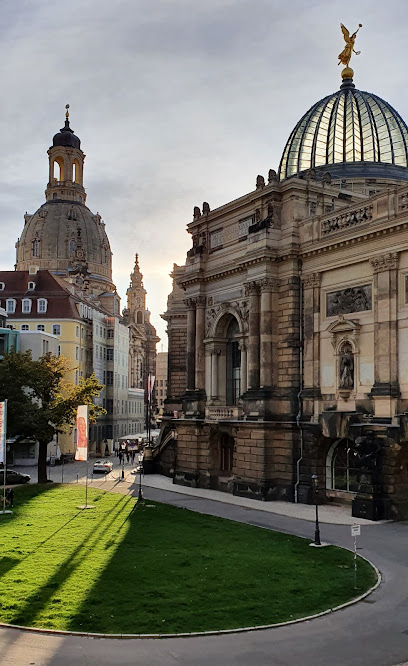
Memorial for Ludwig Richter (1898; Victor Eugen Kircheisen)
0.1 km
Explore the Memorial for Ludwig Richter in Dresden, a serene tribute to the acclaimed German painter surrounded by beautiful gardens and historical significance.
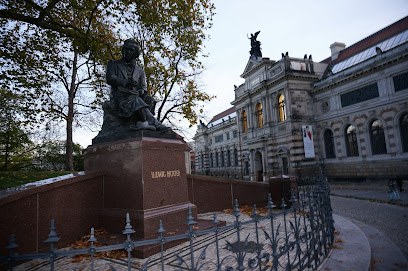
Friedrich August II Koenig Von Sachsen
0.2 km
A regal monument in Dresden's heart, commemorating King Friedrich August II and Saxony's rich history amidst the stunning architecture of the reconstructed Neumarkt.
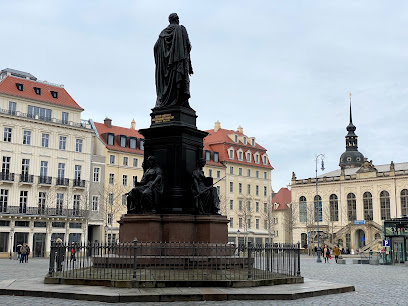
Hasenberg 1
0.2 km
Discover Dresden's New Synagogue: A modern architectural marvel built on history, symbolizing resilience and rebirth in the heart of the city's Old Town.
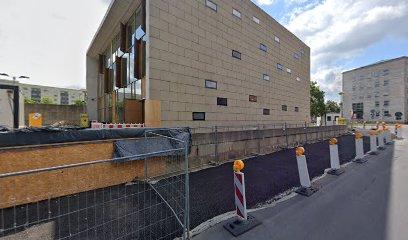
Dinglinger-Haus
0.3 km
Experience the grandeur of Baroque Dresden at the meticulously reconstructed Dinglinger House, a testament to the city's rich history and architectural brilliance, located in the heart of the Neumarkt.
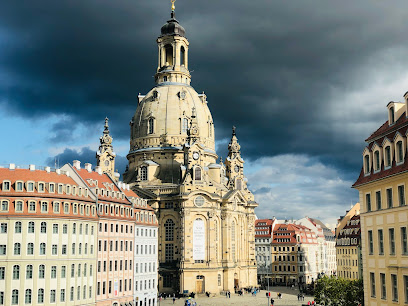
Statue des Hl. Dominikus
0.4 km
Discover the Statue of St. Dominic in Dresden's Stallhof, a serene monument amidst Renaissance splendor, offering a glimpse into the city's rich religious and artistic heritage and historical charm.
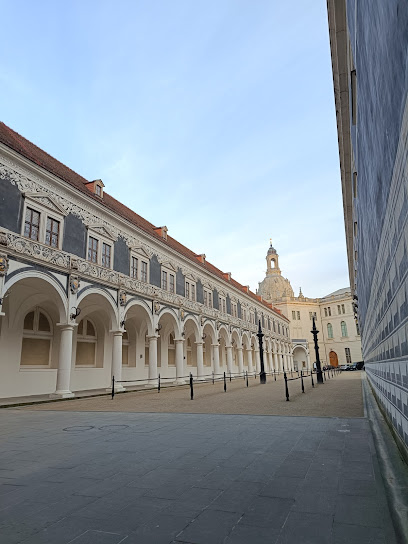
Schloßpl.
0.4 km
Experience Dresden's royal legacy at Schloßplatz, a meticulously restored square surrounded by architectural masterpieces and steeped in Saxon history.
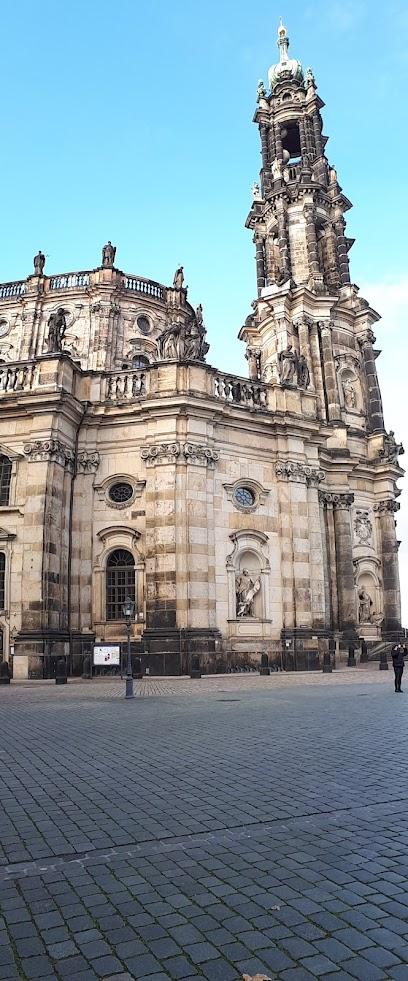
Dresden Armory
0.4 km
Discover a dazzling collection of ceremonial arms, armor, and Ottoman treasures inside Dresden Castle, revealing centuries of Saxon power and artistry.
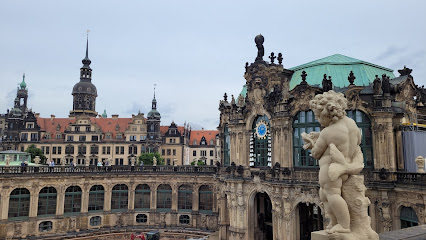
Altmarkt 1
0.4 km
Discover Dresden's historic heart at the Altmarkt, a vibrant square hosting the famous Striezelmarkt and surrounded by cultural landmarks, offering a blend of history and modern-day appeal.
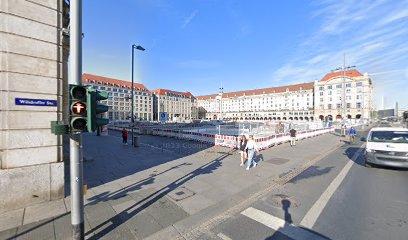
Dresden Castle
0.5 km
Explore the grandeur of Dresden Castle, a historical landmark showcasing exquisite art and royal heritage in the heart of Dresden.
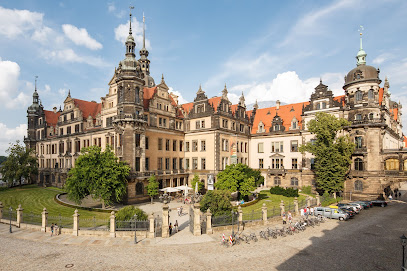
Altstadt Dresden
0.5 km
Discover Dresden's Altstadt: A captivating blend of Baroque splendor, historical significance, and cultural treasures reborn from the ashes of World War II.
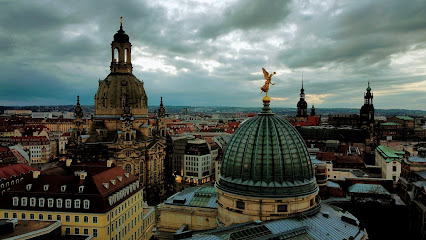
Green Vault
0.5 km
Explore the Green Vault in Dresden, an exquisite art museum showcasing royal treasures and historical artifacts in a breathtaking setting.
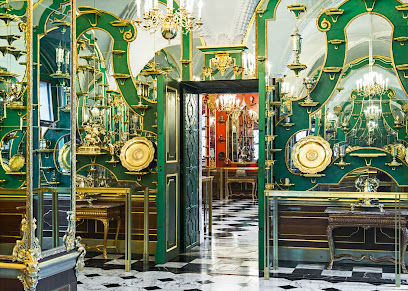
Rubble Woman Monument Dresden
0.5 km
A poignant memorial in Dresden honoring the Trümmerfrauen, the 'rubble women,' who rebuilt the city from the ashes of World War II, symbolizing resilience and the strength of the human spirit.
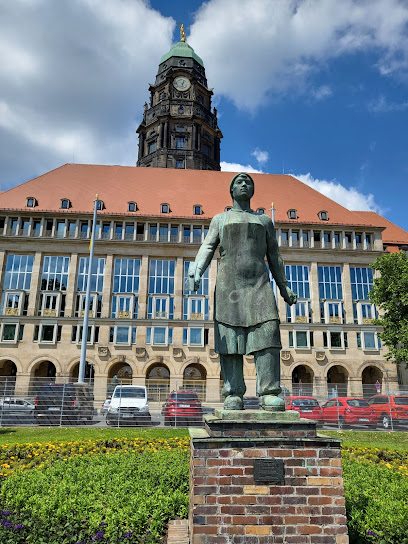
Theaterplatz
0.5 km
Discover the vibrant Theaterplatz in Dresden, a cultural gem surrounded by stunning architecture and home to the renowned Semper Opera House.
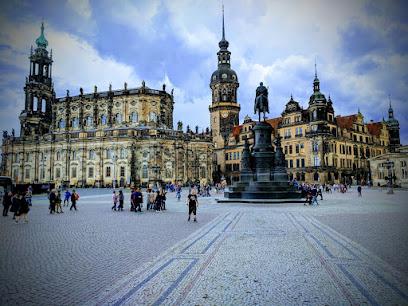
Statue of King Johann
0.6 km
A majestic equestrian statue honoring King Johann, a symbol of Dresden's rich history and artistic legacy, standing proudly amidst the architectural splendor of Theaterplatz.
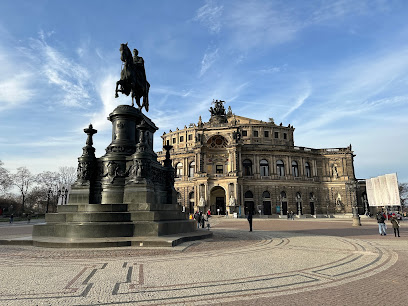
Unmissable attractions to see
Kunsthalle im Lipsiusbau
0.1 km
Discover the artistic treasures of Kunsthalle im Lipsiusbau, a premier museum and gallery in Dresden's historic Altstadt, showcasing contemporary art and culture.
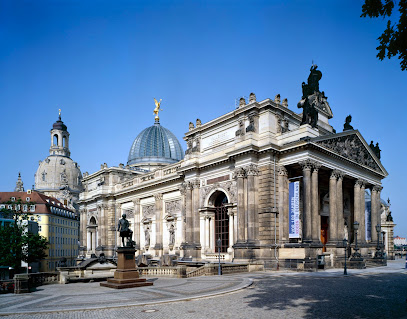
Albertinum
0.1 km
Explore the Albertinum, Dresden's premier art museum showcasing modern masterpieces and historical collections in a stunning architectural setting.
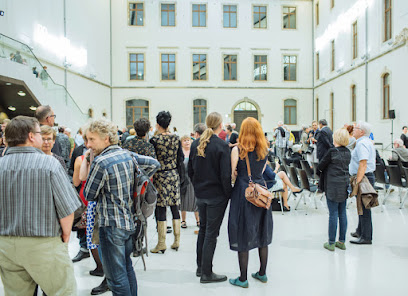
Festung Xperience (Festung Dresden)
0.1 km
Explore Dresden's rich history at Festung Xperience, where captivating exhibits bring the past to life in a stunning fortress setting.
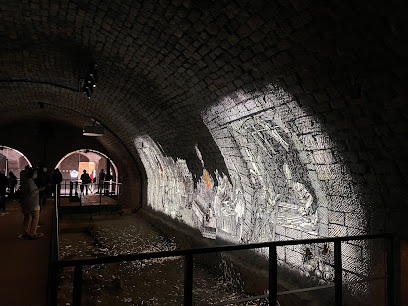
Academy of Fine Arts Dresden
0.1 km
Explore the Academy of Fine Arts Dresden, a cultural landmark blending history and creativity along the scenic Elbe River.
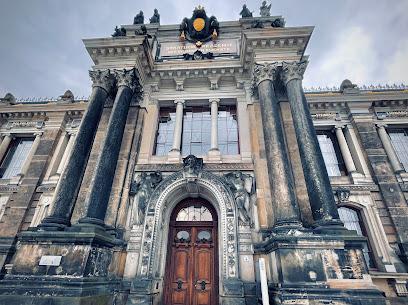
Brühl's Terrace
0.1 km
Experience the breathtaking views and historical beauty of Brühl's Terrace in Dresden, a must-visit landmark for every traveler.
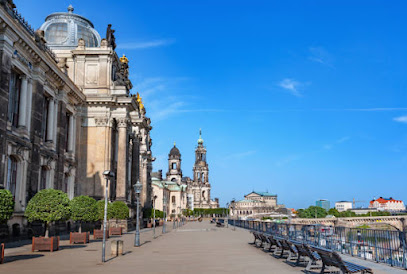
Dome ascent Frauenkirche Dresden
0.1 km
Discover breathtaking views and rich history at the Frauenkirche Dome in Dresden, a must-visit tourist attraction for every traveler.
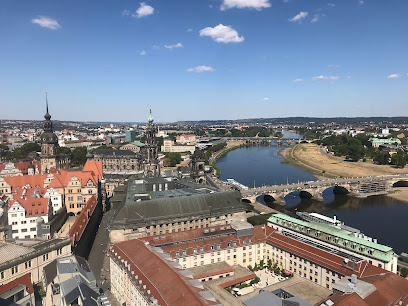
Caspar David Friedrich monument
0.1 km
Discover the breathtaking Caspar David Friedrich monument in Dresden, a serene tribute to Romanticism surrounded by stunning landscapes.
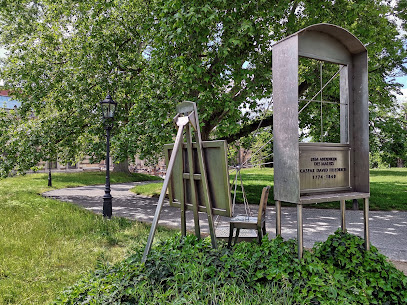
Frauenkirche Dresden
0.1 km
Discover the breathtaking Frauenkirche in Dresden, a Baroque masterpiece symbolizing resilience and beauty in the heart of the city.
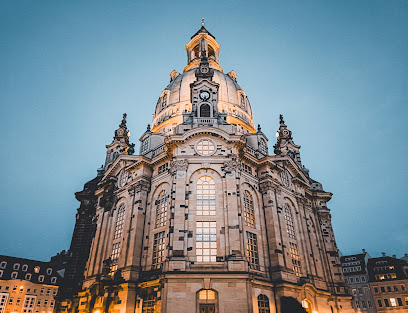
Terrassenufer
0.1 km
Explore the stunning riverside promenade of Terrassenufer in Dresden, where scenic views and cultural experiences await every traveler.
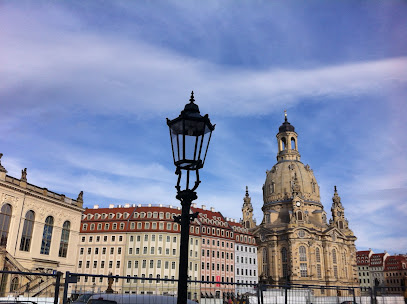
Traditioneller Weihnachtsmarkt an der Frauenkirche
0.2 km
Discover the enchantment of Dresden's traditional Christmas market at Frauenkirche, where holiday magic comes alive with crafts, treats, and festive cheer.
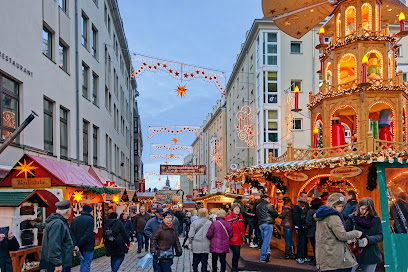
Martin Luther Statue
0.2 km
Explore the historic Martin Luther Statue in Dresden's Neumarkt Square, a symbol of the Protestant Reformation and architectural beauty.
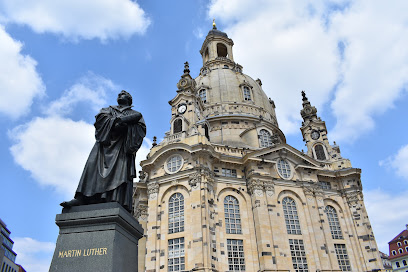
"Earth and planets" in memory of the Dresden Bastions (1988; Vinzenz Wanitschke)
0.2 km
Discover the Earth and Planets monument in Dresden, a unique historical landmark celebrating astronomy amidst stunning views and rich history.

Synagoge
0.2 km
Explore the historic Synagogue of Dresden, a stunning architectural gem and a symbol of the city's rich Jewish heritage and resilience.
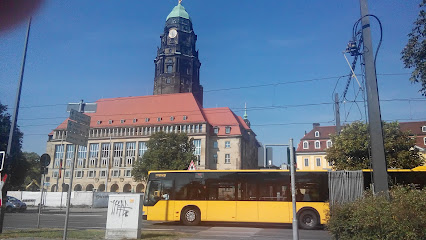
Neumarkt Dresden
0.2 km
Explore the historic charm of Neumarkt Dresden, a vibrant square filled with stunning baroque architecture, cultural events, and delightful cafes.
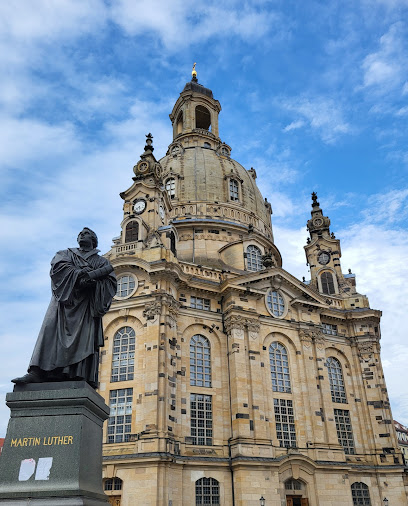
Neumarkt
0.2 km
Explore the historic Neumarkt Square in Dresden, where stunning architecture meets vibrant local culture and culinary delights.
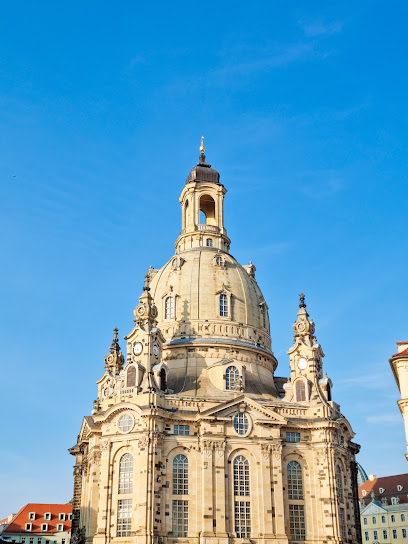
Essential places to dine
Coselpalais - Restaurant & Grand Café
0.1 km
Experience culinary excellence at Coselpalais - where traditional German flavors meet Mediterranean elegance in the heart of Dresden.
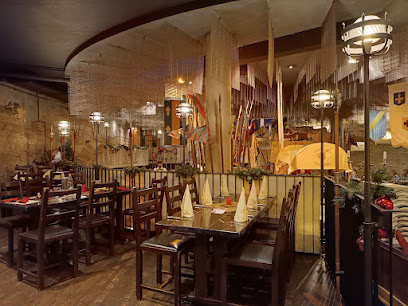
Pulverturm
0.1 km
Experience authentic German cuisine at Pulverturm in Dresden, where history meets flavor near the iconic Frauenkirche.
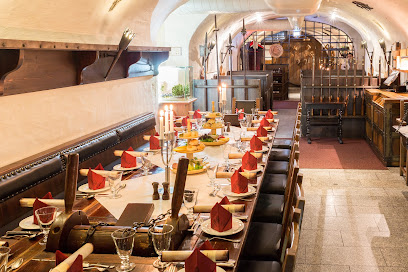
VEN
0.1 km
Discover exquisite Mediterranean-inspired cuisine paired with fine German wines at VEN in Dresden's vibrant Altstadt.

Restaurant Moritz
0.1 km
Experience exquisite local cuisine at Restaurant Moritz in Dresden's historic Altstadt - where tradition meets modernity.

Augustiner an der Frauenkirche Restaurant
0.1 km
Savor authentic Bavarian cuisine and local brews at Augustiner an der Frauenkirche - where tradition meets taste in Dresden's vibrant heart.
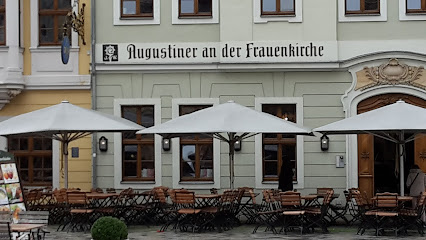
edelweiss - Alpenrestaurant
0.1 km
Savor authentic Swiss cuisine at Edelweiss - Alpenrestaurant in Dresden; where tradition meets taste in a stunning setting.
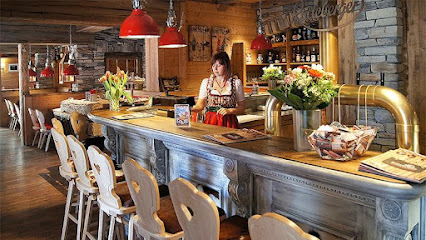
Ayers Rock
0.2 km
Experience authentic Australian cuisine in Dresden at Ayers Rock - where every meal is a flavorful adventure.

Kutscherschänke - Uriges Wirtshaus
0.2 km
Experience authentic German cuisine at Kutscherschänke - a rustic restaurant that captures the heart of Dresden's culinary scene.
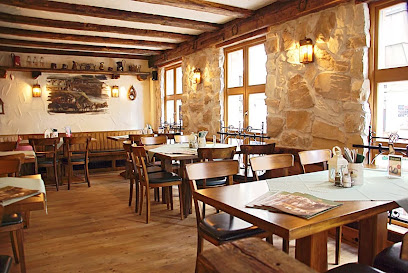
DRESDEN 1900 Museumsgastronomie
0.2 km
Experience Dresden's culinary heritage at DRESDEN 1900 Museumsgastronomie - a perfect blend of history and flavor.
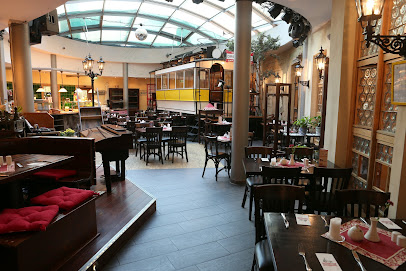
Restaurant de Saxe
0.2 km
Experience authentic German cuisine at Restaurant de Saxe, located in Dresden's historic Altstadt district.
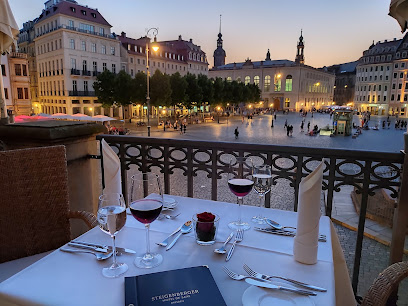
L'Osteria
0.3 km
Experience authentic Italian cuisine at L'Osteria in Dresden's Altstadt—delicious pizzas and warm hospitality await.
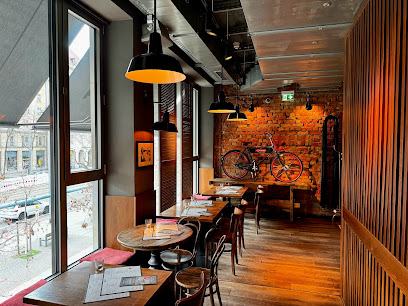
Dresdner Trödelschänke
0.4 km
Discover authentic Saxon cuisine at Dresdner Trödelschänke in Dresden's Altstadt—a delightful fusion of tradition and modernity awaits.

Restaurant Wohnstube
0.4 km
Experience the fusion of local flavors and modern cuisine at Restaurant Wohnstube in Dresden.
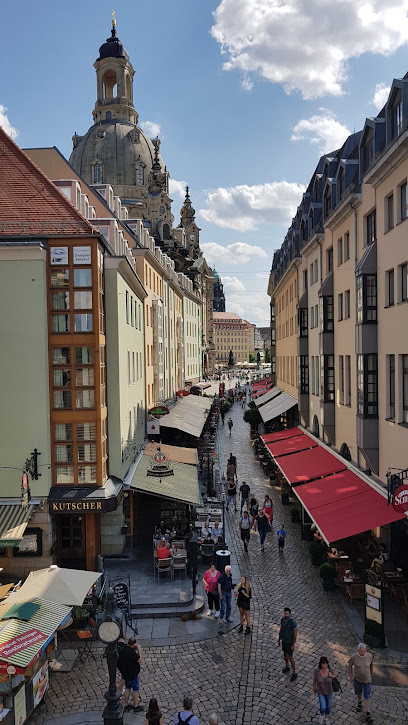
Restaurant Platzhirsch am Schlosseck
0.4 km
Experience authentic German cuisine in the heart of Dresden at Restaurant Platzhirsch am Schlosseck - where tradition meets modernity.
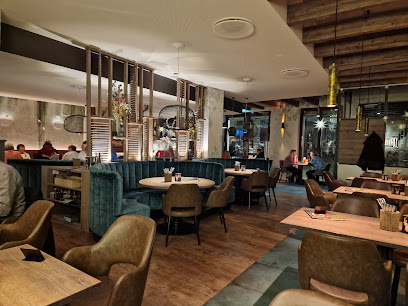
Gänsedieb
0.4 km
Discover Gänsedieb in Dresden: A culinary haven blending local flavors with international cuisine for an unforgettable dining experience.
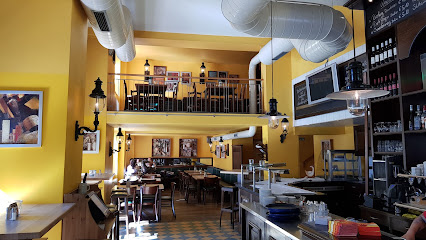
Markets, malls and hidden boutiques
Dueamiche Store Dresden Altstadt
0.1 km
Discover unique fashion treasures at Dueamiche Store in Dresden's Altstadt, where style meets local charm in a delightful boutique atmosphere.
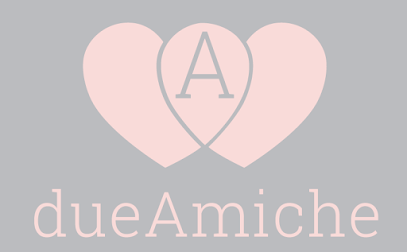
Remember Dresden Souvenir Shop
0.1 km
Explore the heart of Dresden through unique souvenirs and local art at Remember Dresden Souvenir Shop, a must-visit for all tourists.
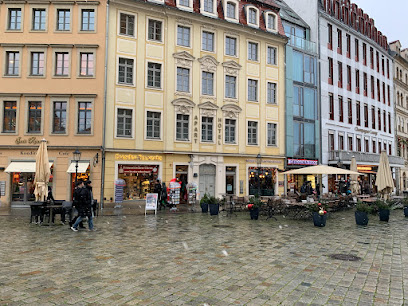
Souvenirshop & Geschenkeladen Shop-Dresden - Onlineshop für Besonderes zum Schenken und Genießen
0.2 km
Discover unique souvenirs and local crafts at Shop-Dresden, your go-to gift shop in the heart of Dresden.

QF Passage Dresden
0.2 km
Discover QF Passage Dresden: A premier shopping mall blending luxury brands, delightful dining, and cultural experiences in the heart of the city.
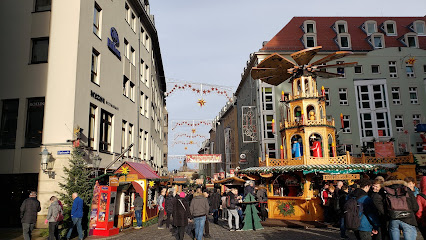
Hello Dresden
0.2 km
Explore Hello Dresden for unique souvenirs that capture the city's rich culture and history, perfect for every traveler.

La Boutique Concept Store Dresden
0.2 km
Explore La Boutique Concept Store in Dresden for unique clothing, stylish handbags, and chic shoes that define contemporary fashion.
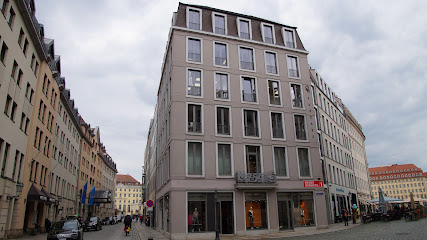
Antik Brocante Dresden - Brocante antique dining culture
0.2 km
Explore Antik Brocante Dresden, a must-visit gift shop offering a unique collection of antiques, home goods, and architectural salvage in the heart of Dresden.

Ullmann's Laden
0.2 km
Explore Ullmann's Laden in Dresden for exquisite leather goods and unique gifts that embody the spirit of craftsmanship and creativity.
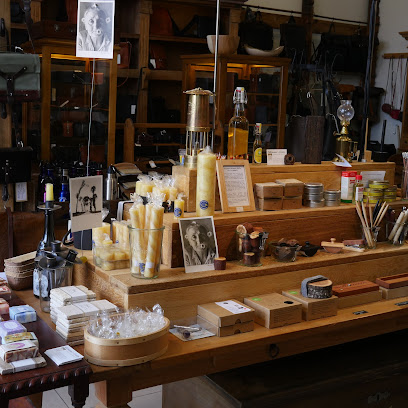
Cavalinho
0.2 km
Explore Cavalinho in Dresden for stylish clothing and accessories that blend contemporary fashion with regional heritage.

Fürst Romantik und Nostalgie Dresden
0.2 km
Explore Fürst Romantik und Nostalgie Dresden for exquisite chinaware and unique souvenirs that capture the spirit of this historic city.
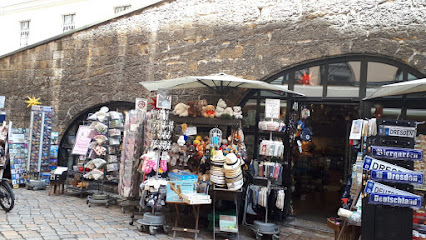
Glashütte Original Boutique Dresden
0.2 km
Discover the exquisite craftsmanship of luxury timepieces at Glashütte Original Boutique in Dresden's historic Altstadt.
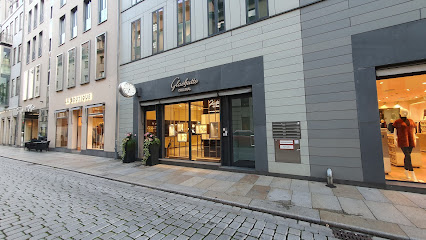
Tradition & Form - Wendt und Kühn Fachhändler
0.2 km
Explore Tradition & Form - Wendt und Kühn, a charming gift shop in Dresden, offering handcrafted antiques, Christmas decor, and enchanting music boxes.

Wolford Boutique Dresden
0.2 km
Explore fashion elegance at Wolford Boutique Dresden, your destination for luxurious lingerie and chic women's clothing in the heart of the city.

A. Lange & Söhne Boutique Dresden
0.3 km
Discover the elegance of German watchmaking at A. Lange & Söhne Boutique in Dresden, where craftsmanship meets timeless luxury.
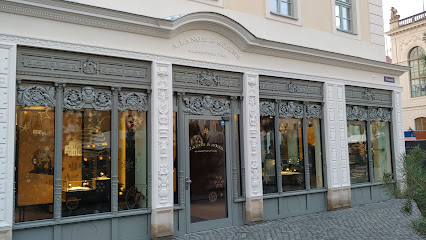
United Dresden GmbH
0.3 km
Discover unique souvenirs at United Dresden GmbH in the heart of Dresden's Altstadt, capturing the city's spirit and artistry.
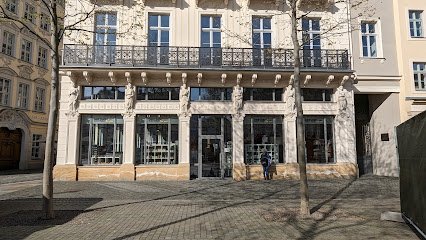
Essential bars & hidden hideouts
Twist Bar
0.1 km
Experience the vibrant nightlife of Dresden at Twist Bar, where creative cocktails and a chic atmosphere await every visitor.

Gin House Dresden
0.1 km
Discover the vibrant Gin House Dresden, where exceptional cocktails and a lively atmosphere await in the heart of the city!

Champagner Lounge
0.2 km
Experience the elegance of Champagner Lounge in Dresden, where a remarkable champagne selection meets a vibrant nightlife atmosphere.

Roof-Top Bar im Vienna house
0.2 km
Discover the Roof-Top Bar in Vienna House: Where breathtaking views meet exquisite drinks in the heart of Dresden's vibrant nightlife.
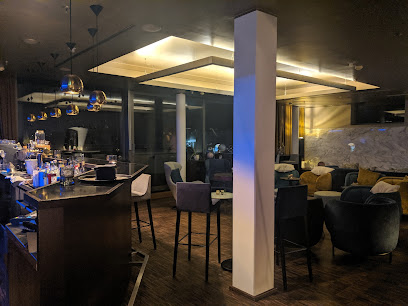
Cocktailbar Pervak
0.2 km
Experience the vibrant and innovative cocktail culture at Cocktailbar Pervak in the heart of Dresden's Altstadt, where every drink tells a story.
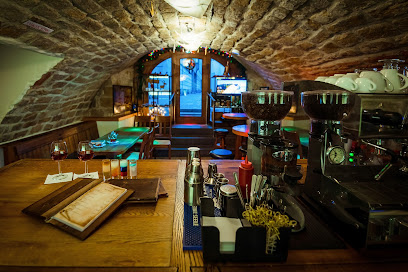
Schlossbar
0.4 km
Experience the elegance of Schlossbar in Dresden with exquisite drinks and a sophisticated atmosphere, perfect for unwinding after a day of exploration.
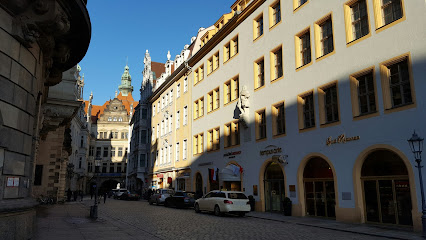
Shamrock Irish Bar & Restaurant
0.5 km
Discover Shamrock Irish Bar & Restaurant - an authentic Irish pub in the heart of Dresden, offering delightful cuisine and a lively atmosphere.
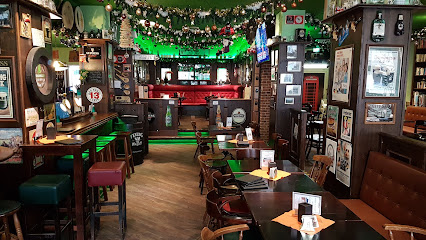
AMARO Bar - Dresden
0.5 km
Experience the vibrant nightlife of Dresden at AMARO Bar, where expertly crafted cocktails meet a cozy and inviting atmosphere.

Bar 1705 - Dresden
0.5 km
Experience unparalleled luxury at Bar 1705 in Dresden, where exquisite cocktails and a chic ambiance await you.
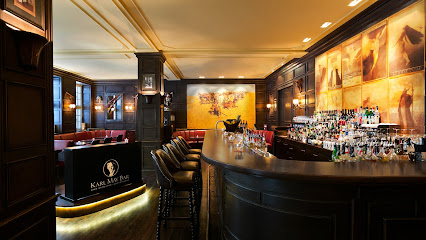
The Red Rooster - Dresden
0.8 km
Discover The Red Rooster in Dresden - a lively pub offering delicious food, a wide array of drinks, and a vibrant atmosphere perfect for socializing.
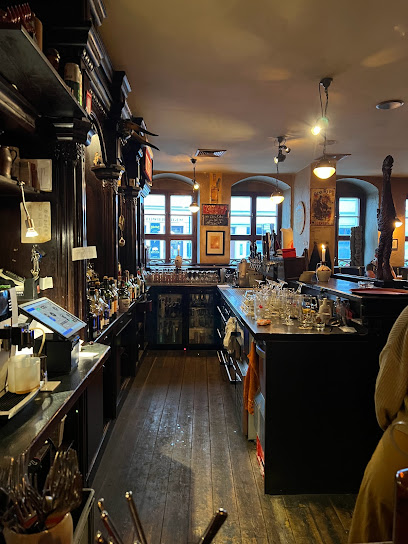
Pianobar
1.0 km
Discover the enchanting Pianobar in Dresden, where live music and exquisite cocktails create an unforgettable nightlife experience.
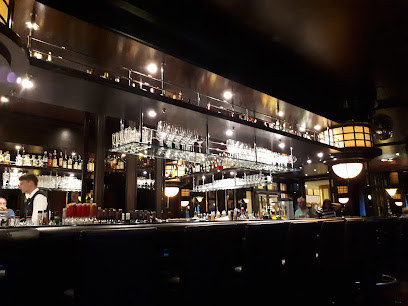
HERZ american bar - Dresden
1.0 km
Immerse yourself in the lively ambiance of HERZ American Bar in Dresden, serving exquisite cocktails and a taste of American bar culture.
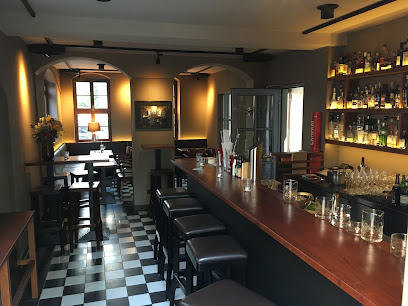
Volt Bar
1.3 km
Discover the lively Volt Bar in Dresden, blending exquisite drinks with a vibrant atmosphere for an unforgettable night out.

BBC – Bar Brasserie Cassis - Dresden
1.4 km
Discover the vibrant energy of BBC – Bar Brasserie Cassis, a top destination for drinks and light bites in Dresden's lively Neustadt district.

BBC Whisky & Gin House
1.5 km
Discover a refined selection of whiskies and gins in the heart of Dresden-Neustadt at BBC Whisky & Gin House, a premier bar for spirit enthusiasts.
